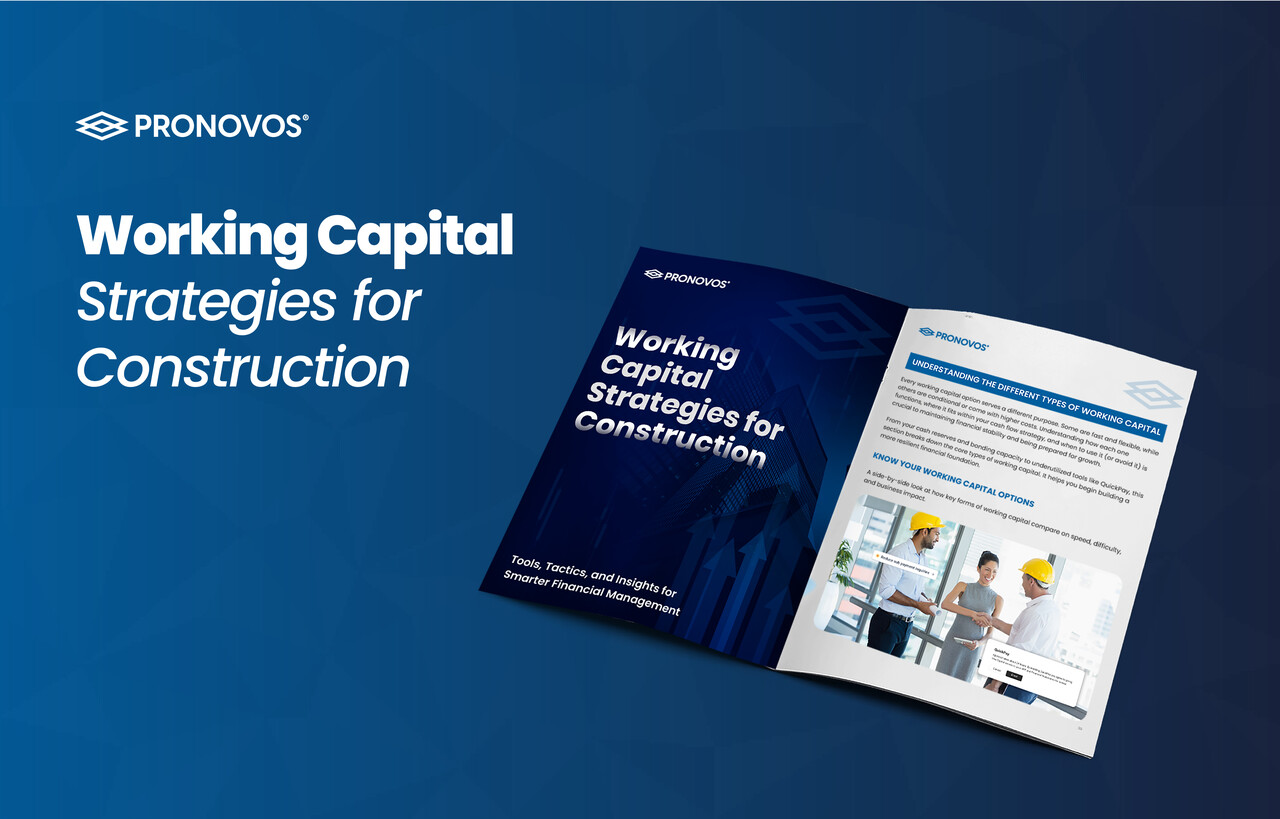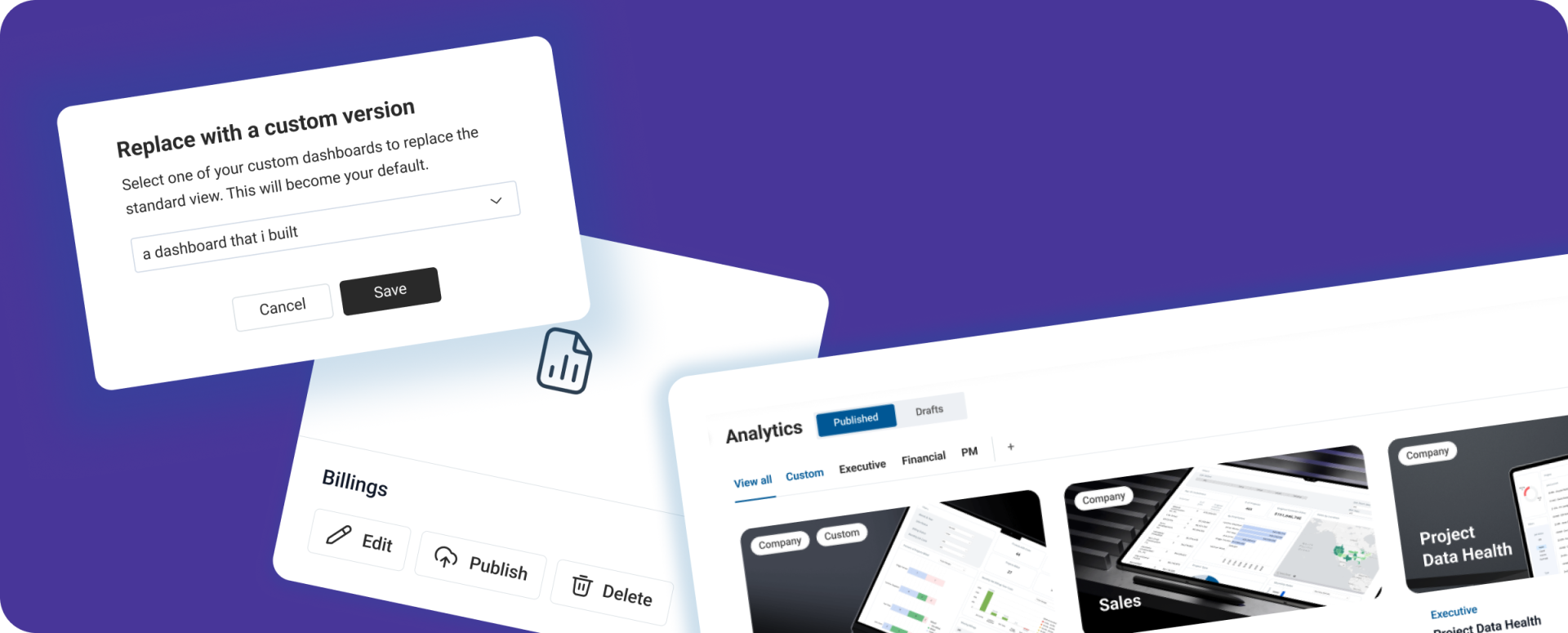Not all working capital is created equal. Working capital keeps construction businesses alive, but not all working capital works for you. A contractor can show $1 million in working capital on paper yet still struggle to make payroll. The difference lies in the quality and liquidity of those assets.
When bonding companies, sureties, banks, and CPAs review your financials, working capital is one of the first areas they analyze. It directly influences your bonding capacity, access to lines of credit, and the feedback you receive from financial partners. Strong, reliable working capital signals stability and discipline. Weak or illiquid capital can raise red flags and limit your ability to grow.
For construction finance leaders, understanding the composition of working capital, not just its amount, is essential to building lender confidence, maintaining bonding capacity, and ensuring long-term financial strength.


 John O’Bryan
John O’Bryan



